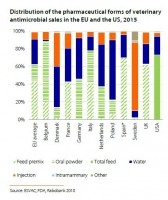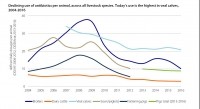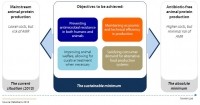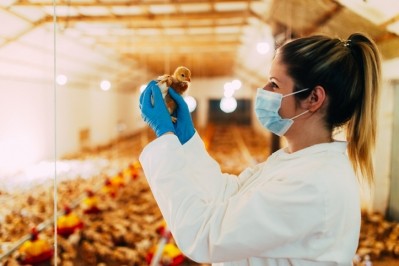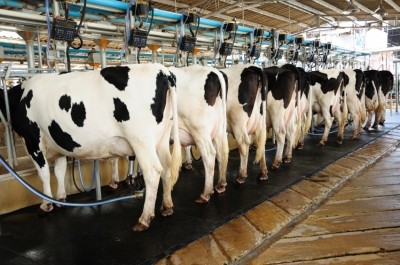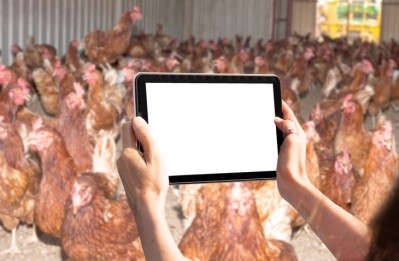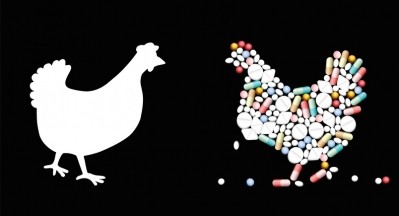Dutch on-farm antibiotic reduction results can inspire others: Rabobank
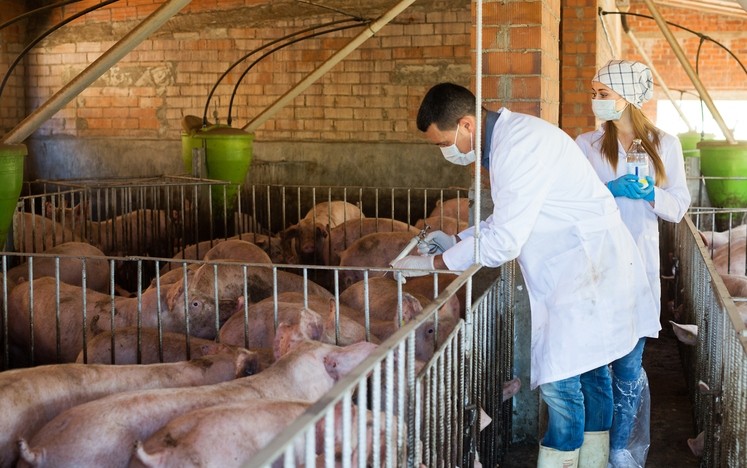
Today, several countries across the globe have put legislation in place to curb farm antibiotic use. The US, last year, saw veterinary prescription required for in-feed use, and Indonesia introduced a ban on antibiotic growth promoters (AGPs) this year.
Rabobank recently published a report: Breaking the habit: Antibiotic Reduction in Livestock Farming. It highlights how Dutch farmers have reduced antibiotic use in livestock farming without negatively impacting overall economic and technical farm performance. Karen Heuvelmans, industry analyst, farm inputs, at RaboResearch Food & Agribusiness, told us why that division felt the need to release the publication now.
“Antibiotic reduction and the strategic implication of switching to alternative products continues to be important topics for all stakeholders in the livestock sector. We wanted to review what has been done in the past few years, and explore the options available at the moment, to summarize the state of play, as it were. One of the objectives of the report was to show what has been achieved in the Netherlands and to share these results with other markets.”
Dutch model
One of the key success factors in the Netherlands was setting up a government taskforce, together with the livestock sector, to determine appropriate goals and actions, shows the report.
In 2011, the preventative use of antibiotics in livestock production in the Netherlands was banned. The country saw a reduction of about 65% between 2009 and 2016 in the use of antibiotics in farm animals; in broilers, the results are even better – a 72% reduction. Rabobank said this reduction was supported by a move towards slower growing chicken breeds in the broiler sector.
The annual results of ‘conventional’ Dutch livestock farms show no negative impact of this reduction effort on key farm performance indicators, such as financial results, animal health costs, feed efficiency, and mortality rates.
Sustainable minimum use of antibiotics
The main concept that RaboResearch Food & Agribusiness wanted to introduce, through this report though, is the idea of a ‘sustainable minimum’ use of antibiotics, said Heuvelmans.
“Some farmers are already trialling 100% antibiotics free production (ABF), given the value chains they operate in, and it is indeed possible to do that as cases have shown. However, the economic and environmental costs of ABF meat actually tend to be higher than conventional farming systems. Comparing those two farming systems, with and without antibiotics, we asked ourselves what is the road ahead? What is the ultimate goal in terms of reduction of antibiotics? Is the absolute minimum of antibiotic free production something producers should all strive for? We felt both [systems] actually lacked in certain dimensions.”
“This is why introduced this idea of the ‘sustainable minimum’ use of antibiotics, [an approach] which ticks all the boxes on [reducing] AMR risk, on the economic and technical performance that farmers also want to maintain, on satisfying consumer demand and improving animal welfare. We think that this concept could be a useful way to balance the different interests and focus on the actual challenges at hand.” she explained.
Vaccinations and genetics as well as farm management practices related to feeding, housing, climate control all have a role to play in achieving a ‘sustainable minimum’ use of antibiotics.
Precision livestock farming
Using precision livestock farming (PLF) technology can also help. Farmers, relying on PLF tools, can make better-informed decisions, earlier in the process, as their own observations are enriched with big data, wrote Heuvelmans. This leads to improved results on key farm performance indicators such as animal health and welfare, technical performance, environmental impact, and financial performance, she said.
Improvement of animal health can result from earlier detection of imminent diseases, through continuous monitoring of a dairy cow’s behavior using cameras and sensors. Investments in these technologies are first likely to gain most traction in high-cost or large-scale farming systems, she noted in a previous report.
